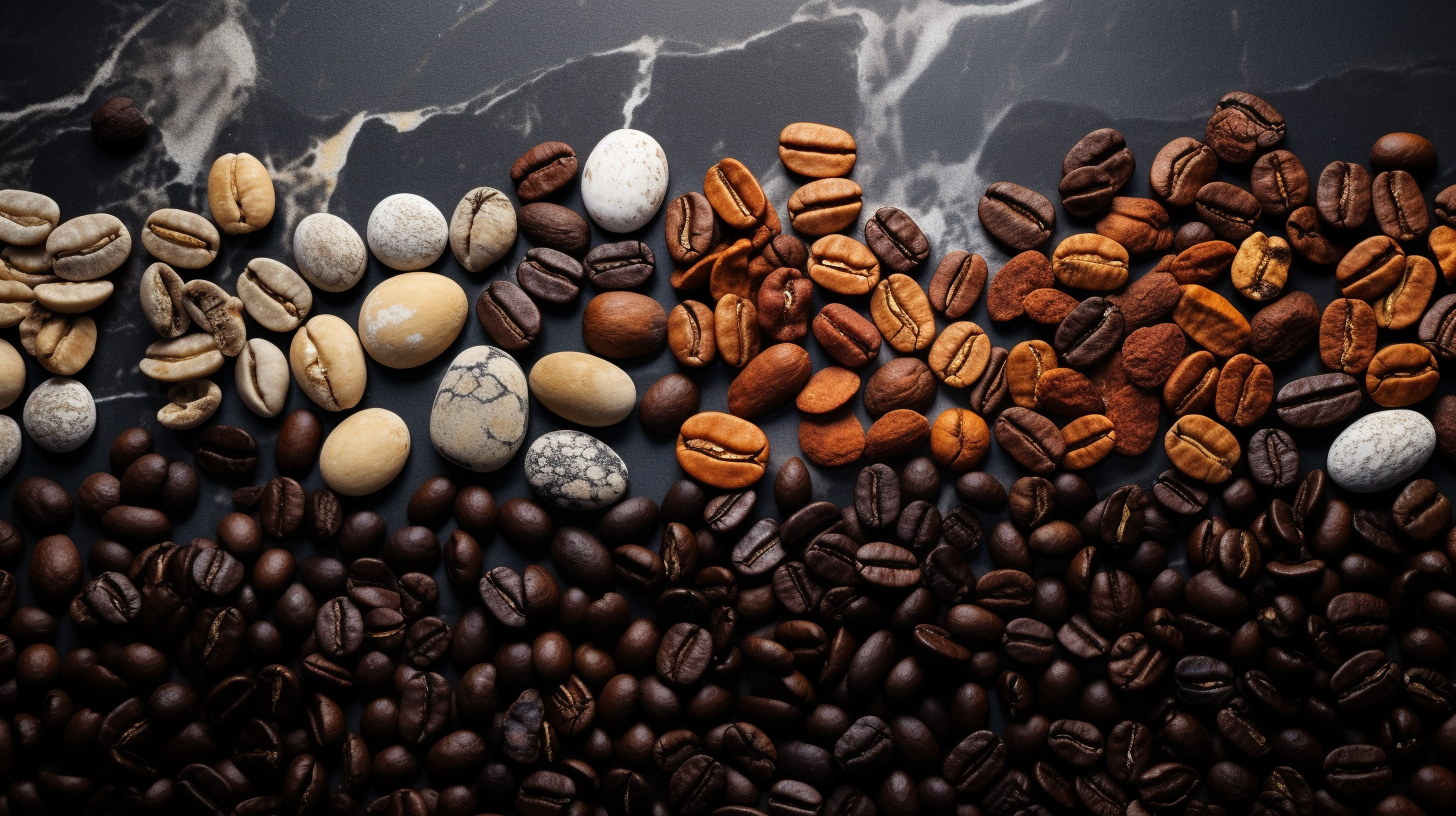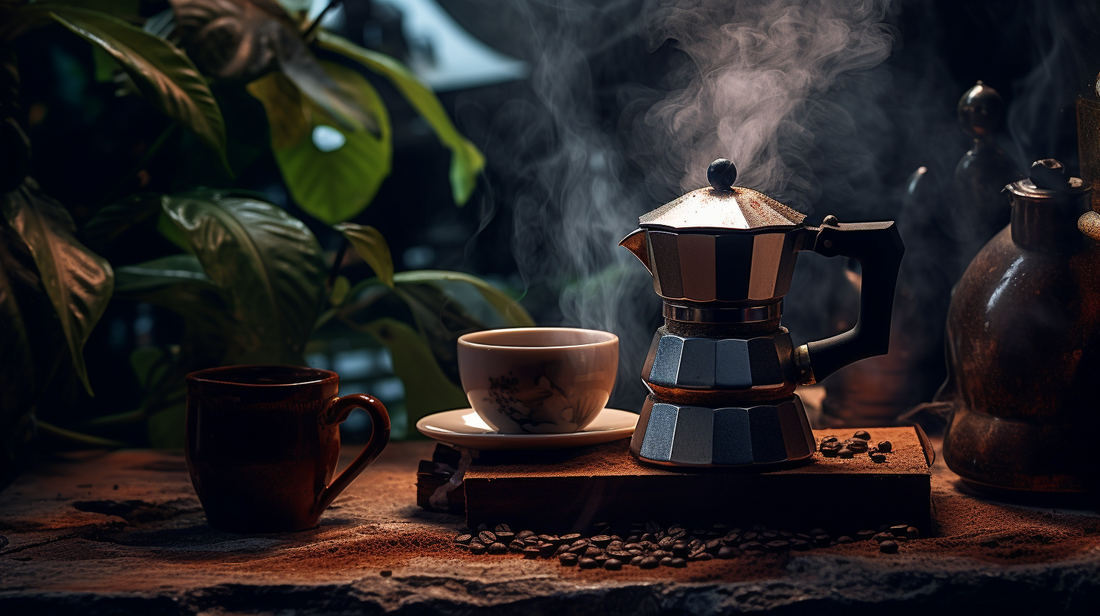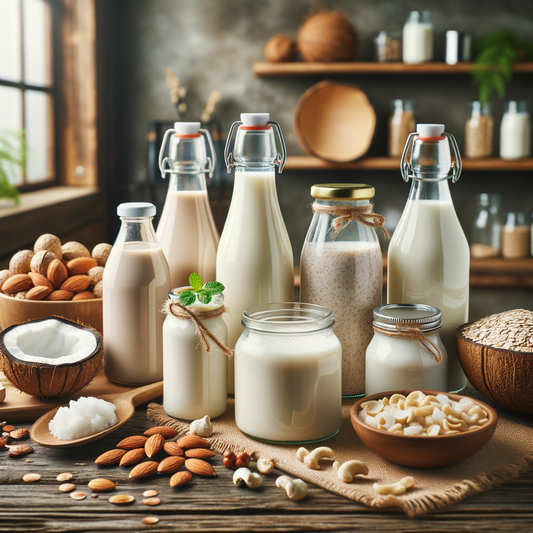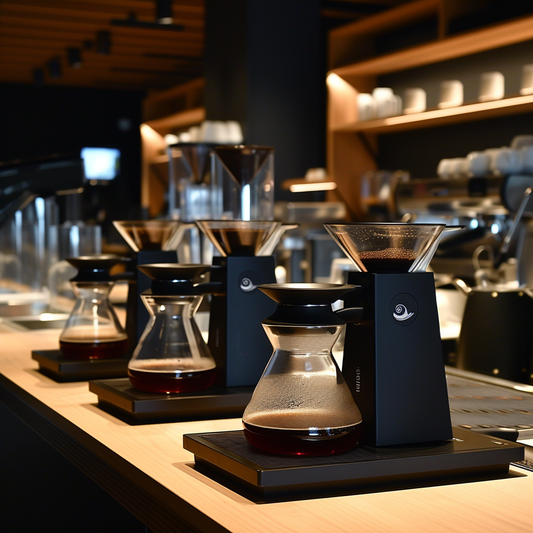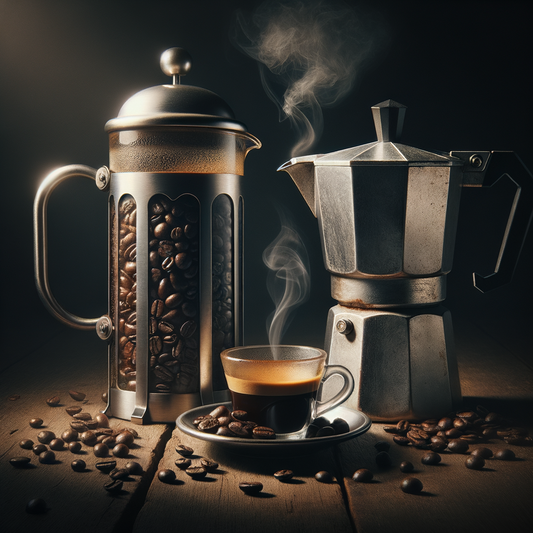Percolators have a retro charm that brings back memories of early mornings with family or late nights around a campfire. Beyond nostalgia, these classic brewers have stood the test of time for good reason. Used properly, stove top and electric percolators can produce a robust, full-bodied cup of coffee that’s hard to replicate with other methods.
A Brief History of Coffee Percolators

There’s some debate over the exact origins of the coffee percolator. Some credit Sir Benjamin Thompson, an American-English physicist, with inventing a primitive percolator in the early 1800s. Others say the first modern percolator was patented by James H. Nason of Massachusetts in 1865.
Whoever deserves the credit, percolators soon became a morning ritual in many American households. Easy to use and low maintenance, they delivered a fresh pot of coffee with little effort.
These early percolators used gravity and a downflow design, cycling hot water through a bed of coffee grounds into the lower brewing chamber. The distinctive perk, perk, perk sound let you know when the coffee was ready.
So how exactly does a percolator brew coffee? Let’s take a closer look.
Understanding the Percolating Process
A percolator brews coffee by cycling boiling water through the grounds continuously. This extracts maximum flavor and aroma from the grounds.
Inside the percolator, water in the lower chamber is heated by an electric heating element or stovetop flame. As it reaches a rapid boil, the water transforms to steam. This creates pressure that forces the hot water up a central tube where it sprays out over a basket of coffee grounds.
The brewed coffee concentrate then drips back down into the lower chamber. Here it mixes with the rest of the water and continues heating. This cycle repeats many times until the optimum brewing temperature is reached.
The constant motion extracts more soluble compounds from the coffee compared to other manual methods. But too many cycles leads to over extraction. Finding the ideal timing is key.
Grind Size Matters for Flavor

A consistent medium coarse grind allows ample extraction from the grounds without too many fines clogging the percolator basket.
Aim for a grind roughly the consistency of kosher salt. Too fine and the water can’t flow freely. Too coarse and it races through without fully extracting flavor.
Testing out a few different grind sizes and making notes is the best way to find your percolator's sweet spot. Pay attention to changes in flavor and adjust the grind accordingly.
Start With Hot Water for Better Extraction
Heating cold water from a standstill leads to over extraction as the grounds are soaked too long.
Starting with pre-heated water around 195-205°F allows percolation to begin immediately. This prevents the grounds from steeping and improves coffee flavor.
For electric percolators, simply heat water in a kettle first before filling the reservoir. On the stovetop, bring water to a boil in a separate pot then transfer it to the percolator.
Following Our Percolator Brew Recipe
While experimenting is recommended, here is a general brewing method to start with:
- Use a medium coarse grind
- Heat water to 205°F and pre-fill percolator
- Use a coffee to water ratio of 2 Tbsp ground coffee per 6 oz water
- Gently place filter basket with grounds into percolator
- On stovetop, heat on medium-low once percolating starts
- For electric, allow automatic percolating cycle to complete
- Remove from heat as soon as perking sound slows
- Enjoy a bold, robust cup!
The cycle time will vary based on your technique. Keep notes to replicate your perfect cup.
Experiment for Your Ideal Percolated Coffee

Achieving coffee perfection with a percolator requires some trial and error. Try varying the grind size, coffee-to-water ratio, and number of percolation cycles.
Pay close attention to changes in flavor and make adjustments. Take note of visual and audio cues that indicate ideal extraction time. A perfectly percolated cup is worth the effort! If it's not working out, you can always try out our guide on making cold brew coffee.
Avoid These Common Percolator Brewing Mistakes
Brewing with a percolator offers a fun, nostalgic way to make coffee. But there are some pitfalls to avoid on your quest for the perfect percolated cup.
- Using stale coffee beans - Always use fresh, high-quality coffee beans for optimal flavor. Stale beans exposed to oxygen for more than 2 weeks will lead to a flat, bitter taste.
- Grinding too fine or coarse - The grind size strongly impacts extraction. Too fine and the water can't flow freely through the grounds. Too coarse and the water races through without fully extracting the oils and flavors.
- Starting with cold water - Heating cold water from a standstill leads to over extraction as the grounds soak too long. Preheating water prevents this.
- Letting it percolate too long - Don't walk away once the perking starts! Too many cycles leads to over extracted, bitter coffee.
- Shocking with cold water - Never pour freshly percolated coffee into a cold, empty carafe. This alters the flavor. Pre-heat the vessel instead.
Perfecting your percolator brew takes care and experimentation. But with fresh beans and the right technique, you can make coffeehouse-quality coffee from this classic appliance.
Appreciate the Ritual of Percolator Coffee
While percolators are often overlooked today, we believe they still have a place in any passionate coffee lover’s routine. Taking time to appreciate the sounds, aroma, and process of percolating can be satisfying.
At Roasted Origins, we also love that percolators require minimal equipment and no paper filters. This makes them one of the most sustainable ways to brew.
Passing down the percolating tradition along with brewing tips to kids or grandkids is a special bonding experience. With the right technique, robust percolator coffee can be enjoyed for generations to come.
Discover your ideal coffee roast and unleash your inner brew nerd with Roasted Origins. Our wide selection of organic, fair trade coffees from around the globe are sure to satisfy.
